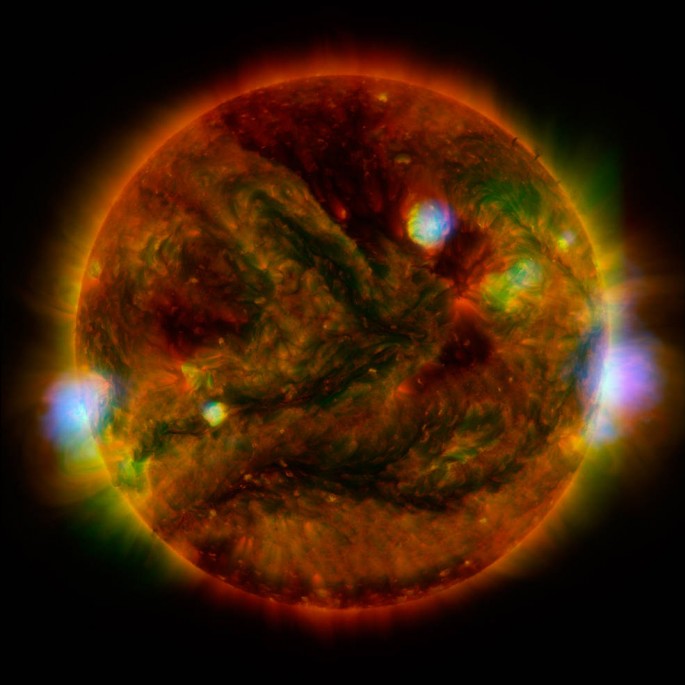According to a report released by Britain's Met Office today, September 14, changing climate patterns found in the world's oceans and record global temperatures are telltale signs that the global warming hiatus is now coming to an end, where the next two years will become the hottest ever in recorded history.
This report is released two months before world leaders and climate negotiators from 200 nations will meet in Paris to finalize a United Nations deal to alleviate climate change. Last 2013, the U.N. released a report on global climate science that temperatures have increased at a slower rate since 1998 compared to the 50 years prior to that.
However, on Monday, the Met released a new report about observations regarding climate patterns over the Pacific and Atlantic oceans based on combined record global temperatures last year that predicted 2015 and 2016 near record highs toward a changing trend.
According to one of the report authors, Adam Scaife, these signs are all consistent with what scientists and climatologists are expected to see after a global warming pause. According to the U.N. World Meteorological Organization, last year was the warmest year ever recorded since record keeping began in the 19th century.
This hottest year ever can also be attributed to the El Nino weather event involving warming of sea temperatures in the Pacific region. However, Scaife also adds that man made greenhouse gas emissions are also to blame, adding to the effects of global warming.
Scaife explains that there are many factors that can change the planet's climate without any human interference however, humans are now occurring on top of that influence due to man made activity. For example, the El Nino phenomenon can cause rising global temperatures but man made activity can further create global climate records.
This U.N. climate pact focuses on stopping global temperatures to rise to more than 2 degrees Celsius after pre-industrial levels since scientists believe that this is crucial to prevent more natural disasters such as rising seas, floods, storms and droughts from happening due to the effects of climate change.



























